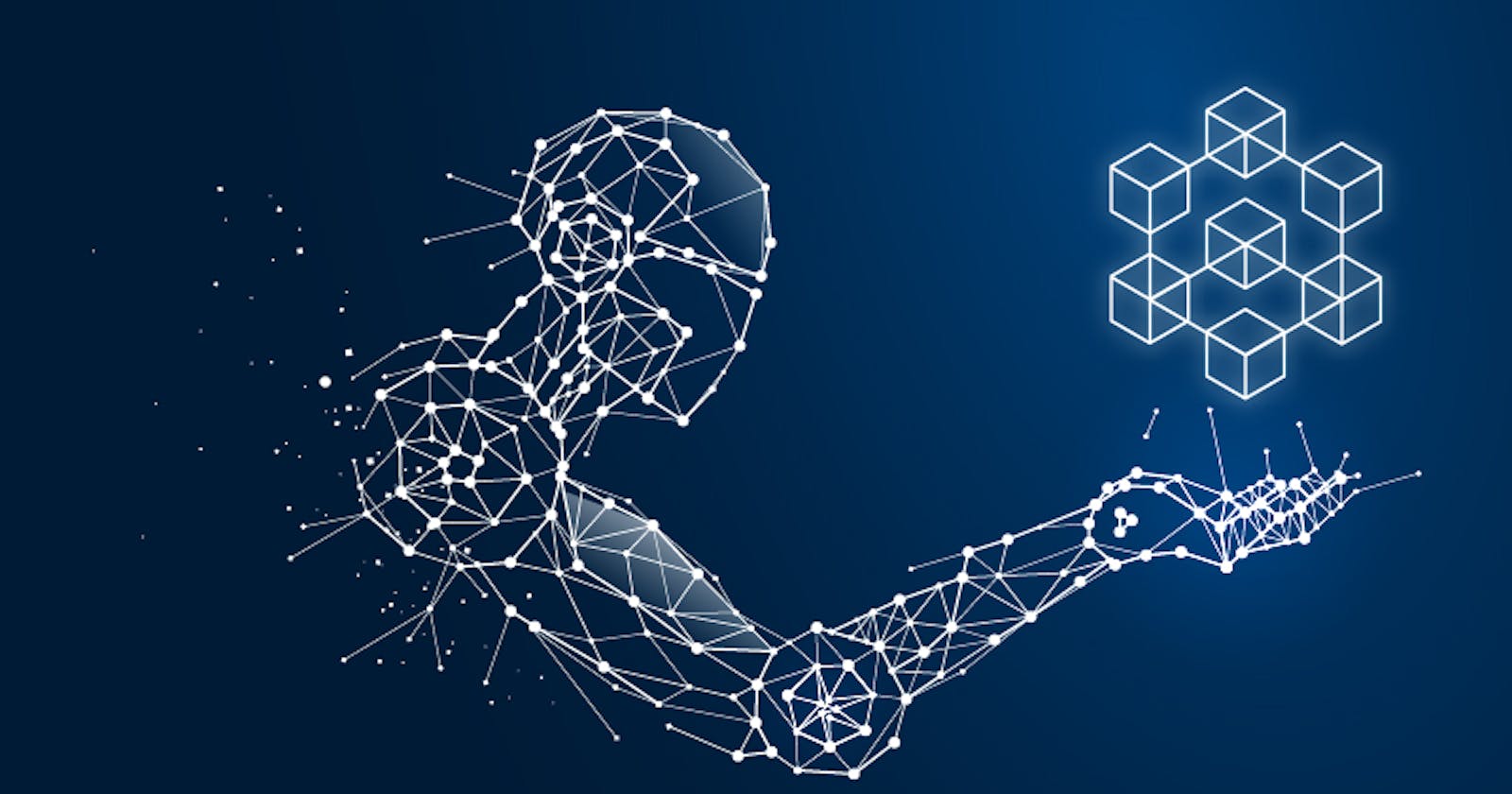Artificial intelligence (AI) and web3 technology are two of the most rapidly advancing fields in today's digital landscape. The integration of AI and web3 has the potential to revolutionize the way we think about decentralized transactions and data management. Together, these technologies can provide new opportunities for more efficient, secure, and transparent data management and the ability to automate complex decision-making processes. In this blog, we will explore the ways in which AI and web3 can be used together to create a more efficient, secure, and decentralized future for data management and transactions.
1 - Self-executing Smart Contracts
One way AI can change web3 is through the use of smart contracts. These self-executing contracts use code to automatically execute certain actions when specific conditions are met. AI can be integrated into these contracts to make them more intelligent and efficient. For example, an AI-powered smart contract could automatically adjust the terms of a loan based on the borrower's credit score.
2 - Decision-making process of DAOs
Another way that AI can change web3 is by being integrated into the decision-making process of DAOs. AI can be used to analyze data, make predictions, and automate certain tasks, which can improve the overall efficiency and effectiveness of the organization. For example, AI can be used to analyze market data and predict the best time to buy or sell assets, or to automate the process of voting on proposals.
Additionally, AI can also be used to improve transparency and fairness in decision-making. For example, AI can ensure that all members of the organization have an equal say in decision-making and prevent any individual or group from having too much power.
3 - Security
AI can be used to improve the security of web3 platforms in several ways. Machine learning algorithms, such as anomaly detection and deep learning, can be used to detect and prevent fraud and other malicious activities on the blockchain. For example, AI can analyze transaction patterns to identify suspicious behavior, such as money laundering or hacking attempts. Additionally, AI can be used to monitor the network for vulnerabilities and alert administrators to potential threats.
4 - Scalability
AI can also be used to improve the scalability of web3 networks. As more people adopt blockchain technology, the number of transactions on the network increases, and the network can become congested. This can lead to slower transaction processing times and higher fees. AI can be used to optimize the network by analyzing transaction patterns and identifying ways to improve throughput, such as by prioritizing certain types of transactions or adjusting the block size.
5 - Conclusion
Overall, the integration of AI into web3 has the potential to greatly improve the functionality and efficiency of decentralized systems. However, it's important to note that as with any new technology, it also raises some ethical and security issues that need to be addressed.
